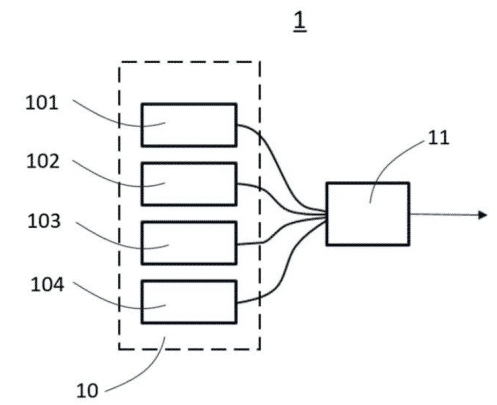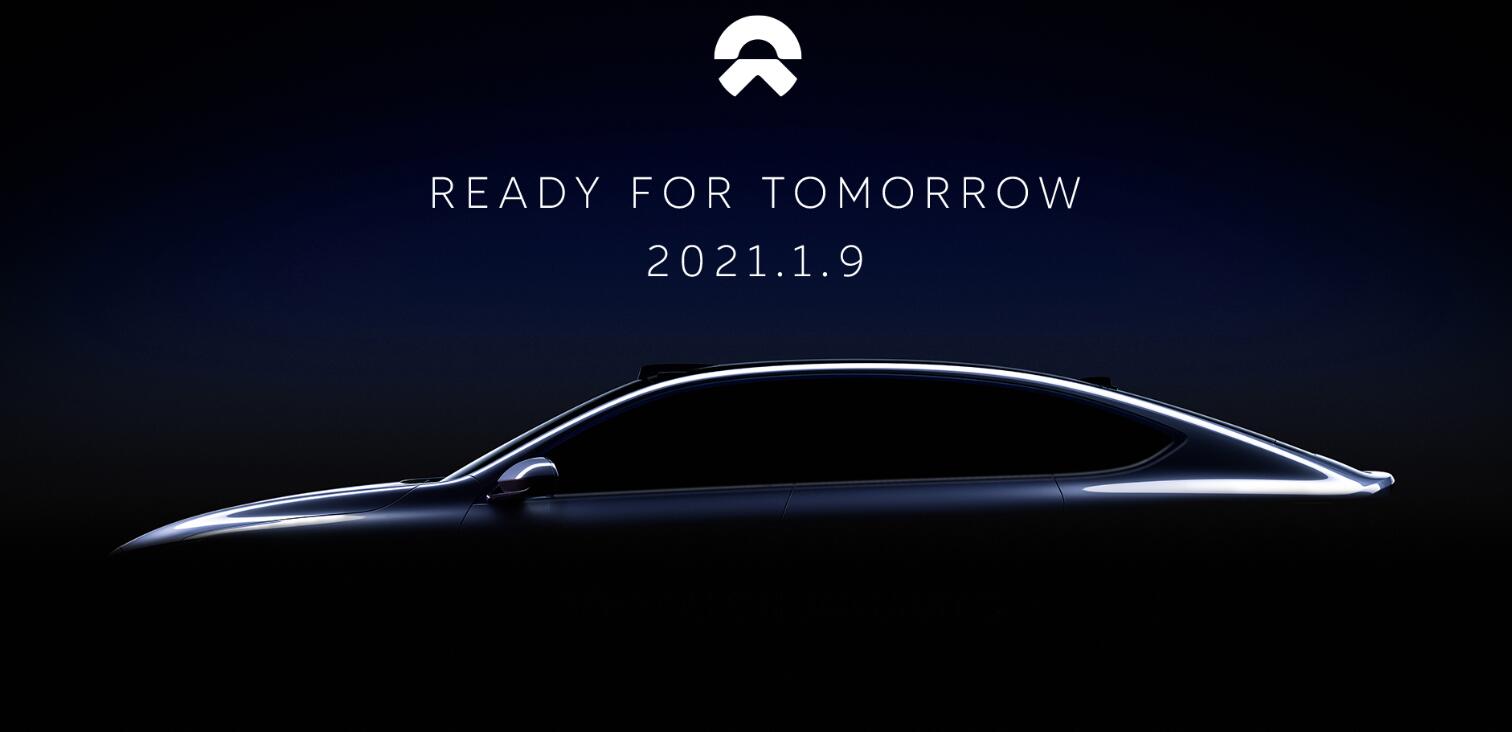Nio filed a patent on July 2, 2019, for a LiDAR that may give us an idea of the capabilities of the company's upcoming car with this sensor.
The patent is entitled "High-frequency laser for LiDAR, coded laser transceiver and automobile" (Application No. 201910590587.9), and was filed by Shanghai Nio Automobile Co.
The picture shows a schematic diagram of a high-frequency laser, which mainly shows a way to connect the beam combiner. It includes four low-frequency lasers, a beam combiner 11, and a control module.

According to IPR expert Shenzhen Jade IPR, a single low-frequency laser can be connected to a single control module, and multiple low-frequency lasers can be connected centrally to a single control module.
The beam combiner combines multiple laser pulses from multiple low-frequency lasers to form a single high-frequency laser pulse, which is output through an optical fiber, making the high-frequency laser a laser emission source.
The four low-frequency lasers are connected to the control module, in which the control module can control the first light-emitting time of each low-frequency laser, the light-emitting sequence, the pulse cycle length, and the time interval of each low-frequency laser's light-emitting time.
Under its control, each low-frequency laser can emit laser pulses independently of each other, without affecting each other.
The beam combiner 11 uses a fiber optic beam combiner, and each single laser pulse can be output as one laser pulse after the fiber optic beam combiner process so that the high-frequency laser can be used as a single laser emission source.
Shenzhen Jade IPR believes that Nio's patents for high-frequency lasers, encoded laser transceivers, and vehicles for LiDAR can significantly improve the detection resolution and accuracy of detection results of LiDAR systems.
When announcing the January 9 launch of the sedan, Nio also provided a teaser image showing the car with LiDAR on the roof.
Nio co-founder and president Qin Lihong said previously, "Our mission is to find a LiDAR that is better than Luminar's and earlier in mass production."

